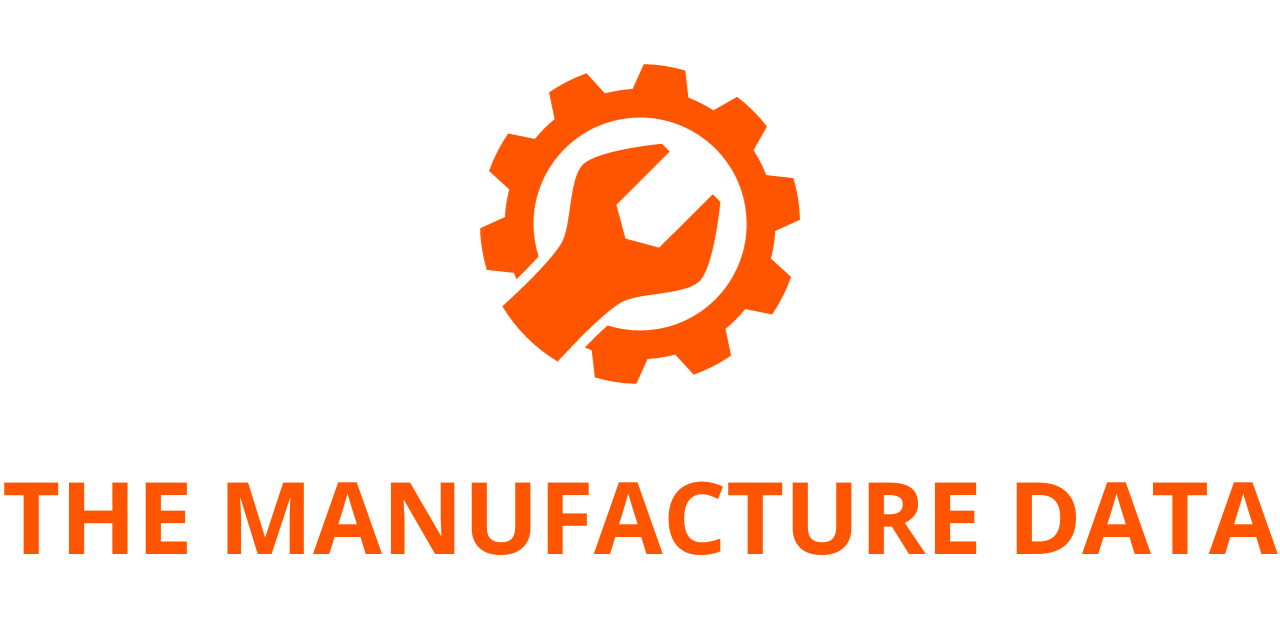
Stellantis Reports Preliminary H1 2025 Results and Q2 Shipment Decline Amid Tariffs and Transition Challenges
Stellantis N.V. has released preliminary and unaudited key financial figures for the first half of 2025, alongside estimated global consolidated vehicle shipments for the second quarter. These early insights come ahead of the company’s official H1 2025 financial results scheduled to be announced on July 29, 2025, when CEO Antonio Filosa and CFO Doug Ostermann will host a conference call to discuss the results.
Stellantis had previously suspended formal financial guidance on April 30, 2025. In the absence of updated projections from the company, market analysts have relied primarily on consensus forecasts to gauge expectations. To address potential gaps between those forecasts and actual performance, Stellantis is providing this preliminary data to offer better visibility into recent trends and performance indicators.
Key Financial Highlights and Influencing Factors – H1 2025
The preliminary financials reflect a company in the midst of transition, navigating global headwinds while preparing for a stronger second half bolstered by new product introductions. Several factors significantly influenced the company’s performance in the first half of 2025:
- Strategic Restructuring in Early Stages: Stellantis has initiated performance improvement measures aimed at long-term profitability. However, most new products are not expected to deliver substantial financial benefits until later in the year.
- Pre-Tax Charges of €3.3 Billion: A notable portion of the financial results includes approximately €3.3 billion in pre-tax charges. These are largely attributed to program cancellations, platform impairments, restructuring efforts, and the net financial impact of recent legislative changes that eliminated the Corporate Average Fuel Economy (CAFE) penalty rate. Consistent with Stellantis’ financial reporting practices, these are excluded from Adjusted Operating Income (AOI).
- Adverse Operating Factors: AOI was negatively impacted by increased industrial costs, unfavorable geographic and product mix, and adverse foreign exchange fluctuations. These challenges underscore the complexity of Stellantis’ multi-region operations during a period of market volatility.
- Tariff Impact in the U.S. Market: Stellantis incurred an estimated €0.3 billion in net tariffs, as the company began adjusting to newly imposed U.S. trade policies. This included not just direct tariff costs but also production losses tied to paused manufacturing operations as part of the company’s rapid response strategy.
Q2 2025 Global Shipments – Down 6% Year-over-Year
Stellantis’ global consolidated vehicle shipments for the second quarter of 2025 are estimated at 1.4 million units, reflecting a 6% decline compared to the same period in 2024. Shipment figures represent the number of vehicles delivered to dealers, distributors, or directly to customers, forming a key metric for revenue recognition.
The decline was primarily driven by operational disruptions in North America, where production pauses in response to tariffs affected output early in the quarter. The region saw a sharp 25% year-over-year drop, with shipments falling by approximately 109,000 units. This decline was exacerbated by lower fleet sales and reduced volumes of imported vehicles—segments particularly sensitive to the new tariff environment.
Despite the regional shipment decline, retail sales in the U.S. held steady, supported by robust performances from Stellantis’ leading brands. Notably, Jeep® and Ram collectively posted a 13% increase in year-over-year retail sales, underscoring strong consumer demand even amid broader market turbulence.
In Enlarged Europe, second-quarter shipments totaled approximately 50,000 units fewer than the same period last year, marking a 6% decline. This was largely driven by product transition activities, as Stellantis phases out older models and ramps up production of new ones. Vehicles based on the company’s “Smart Car” platform—including the Citroën C3, C3 Aircross, Opel/Vauxhall Frontera, and Fiat Grande Panda—are still in the early stages of scaling up. Collectively, these four B-segment Smart Cars posted a 45% sequential increase in shipments, amounting to 25,000 additional units compared to Q1 2025. Comparisons to 2024 are also affected by the discontinuation of the Fiat 500 internal combustion engine (ICE) model ahead of the launch of its mild-hybrid successor.
Growth in Other Global Regions
In contrast to declines in North America and Europe, Stellantis saw significant growth across its other international markets. Shipments in South America, Middle East, and Africa rose by a combined 71,000 units, translating to a 22% year-over-year increase.
- Middle East & Africa: Shipments increased by 29,000 units or approximately 30% year-over-year, with Türkiye, Egypt, Algeria, and Morocco all contributing to the region’s positive momentum.
- South America: The company remains a market leader in this region, with shipments growing by 43,000 units, driven by rising industry volumes in key markets such as Brazil and Argentina.




